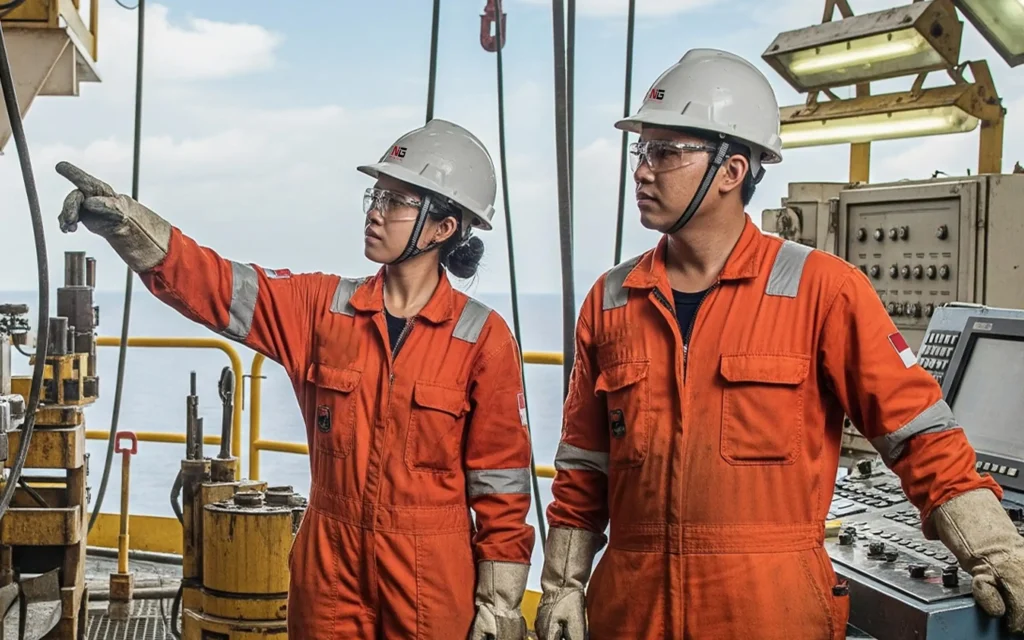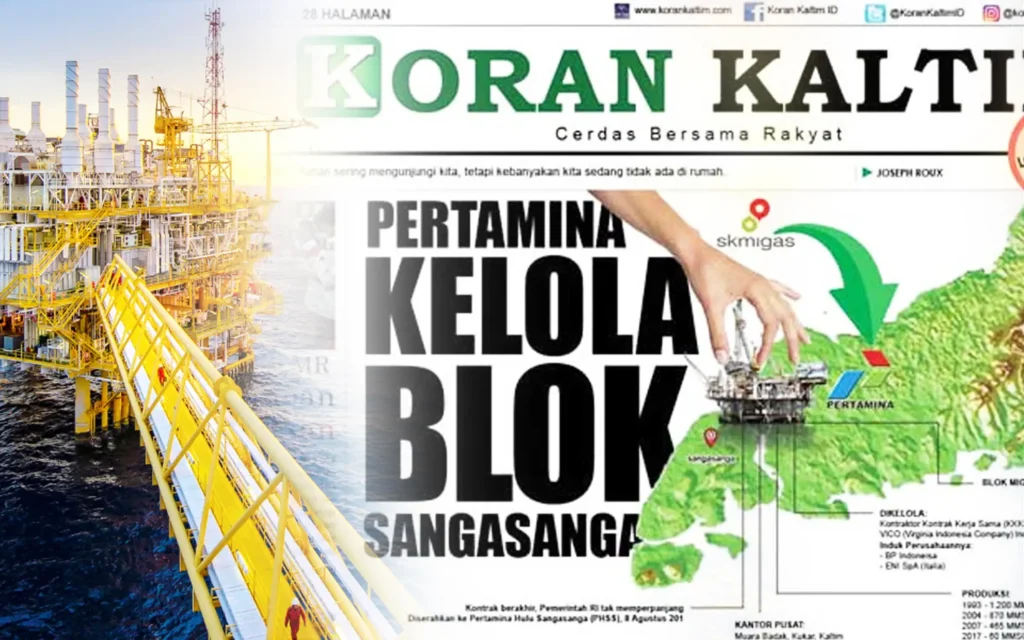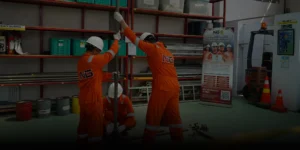Introduction
The oil and gas value chain explains how crude oil and natural gas move from the ground to consumers. It consists of three main sectors — upstream, midstream, and downstream. Understanding how they connect helps professionals and students see the full picture of how energy reaches the market.
1. Upstream: Exploration and Production
The upstream sector focuses on finding and producing oil and gas. It starts with geological surveys and seismic studies to locate potential reserves. Once resources are found, drilling and extraction begin.
Key activities include:
-
Exploration: Searching for hydrocarbon deposits using seismic technology.
-
Drilling: Creating wells to access underground oil and gas.
-
Production: Bringing hydrocarbons to the surface efficiently.
These processes require advanced technology and skilled workers. Companies like ExxonMobil and Pertamina lead global upstream operations.
2. Midstream: Transportation and Storage
After extraction, oil and gas must be transported safely — that’s where midstream operations play a role.
Midstream companies move hydrocarbons through pipelines, tankers, rail, or trucks. They also store products in terminals or process them to remove impurities like sulfur and water.
This sector is vital for maintaining a steady supply and preventing market disruptions. Examples of major midstream players include Kinder Morgan and Enbridge.
3. Downstream: Refining and Marketing
The downstream sector turns raw materials into usable products. Refineries process crude oil into fuels such as gasoline, diesel, and jet fuel. Petrochemical plants produce materials used for plastics, fertilizers, and cosmetics.
Once refined, products are distributed through fuel stations and wholesalers. Companies like Shell and TotalEnergies dominate this part of the oil and gas value chain.
Integration Across the Value Chain
Although each stage can operate separately, integration creates efficiency. Many companies manage all three sectors to balance risks and maximize profits. For example, if crude prices fall, refining margins can still stabilize income.
This balance shows how connected the oil and gas value chain truly is.
The Future of the Oil and Gas Value Chain
As global energy demands change, the industry adapts. Upstream operators adopt clean drilling and carbon capture technologies. Midstream companies explore hydrogen transport, while downstream facilities invest in biofuels and synthetic fuels.
Digitalization and automation improve safety and efficiency across every stage.
Why It Matters
Understanding the oil and gas value chain helps workers, students, and decision-makers plan their careers and operations better. Professional certifications such as NEBOSH Oil & Gas Certificate or IADC-accredited courses build knowledge for every segment — from exploration to refining.
For training and workshops in energy safety, visit Neotek Inovasi Global.
Conclusion
The oil and gas value chain — upstream, midstream, and downstream — forms the backbone of global energy. Every step matters, from finding resources to refining and delivering them responsibly. By understanding this chain, professionals can contribute to a more efficient and sustainable energy future.
























